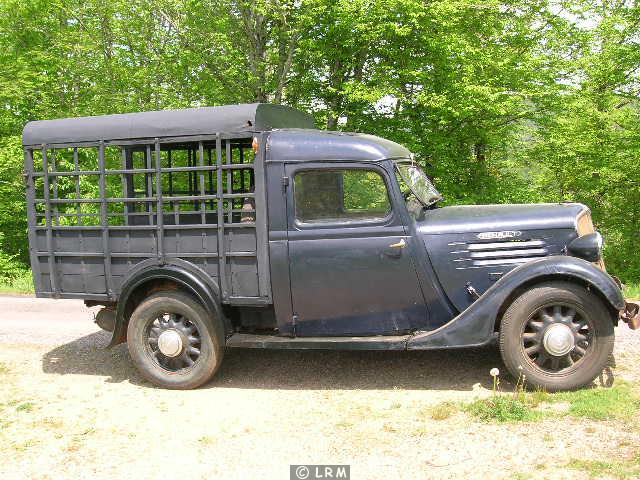That's a really good instructional video, but we'll all take note of how much safety equipment all of the daredeveils are wearing doing their stunt driving. Which is to say, "None!".

And just to add to your new mechanical knowledge further:
At the end of the video they show the differential in it's howinginthe car and the cover of the differential goes onlast. That style of differential colver, where the parts are in a housing and a round cover is added last, is called a "banjo" differential, as the round cover and long wheel shaft cover resemble a banjo.
If you can imagine the single housing shown in the movie, with two wheel shafts contained in one housing but change th ehousing so that all it is split vertically, fore & aft with the differential parts and one wheel shaft in one side adn just a wheel shaft and it's connecting differential gear on the other side, and to build the rear end you bolt the two halves together along that vertical joint, this is called a "split differential".
The banjo and split differential styles are also identification features for various vehicles that may otherwise look the same. Most manufacturers used one style of differential on all their vehicles, although, like everything else, this is not a hard & fast rule. For example, Chev CMPS usually used the Banjo differential and Ford CMPs usually had the split type, but there are cases where production issues forces each company to use the other company's differentials in their vehicles.
Here you can see Chev & Ford CMPS with their normal differential styles.
http://www.o5m6.de/chevy_c60l.html Paul
































